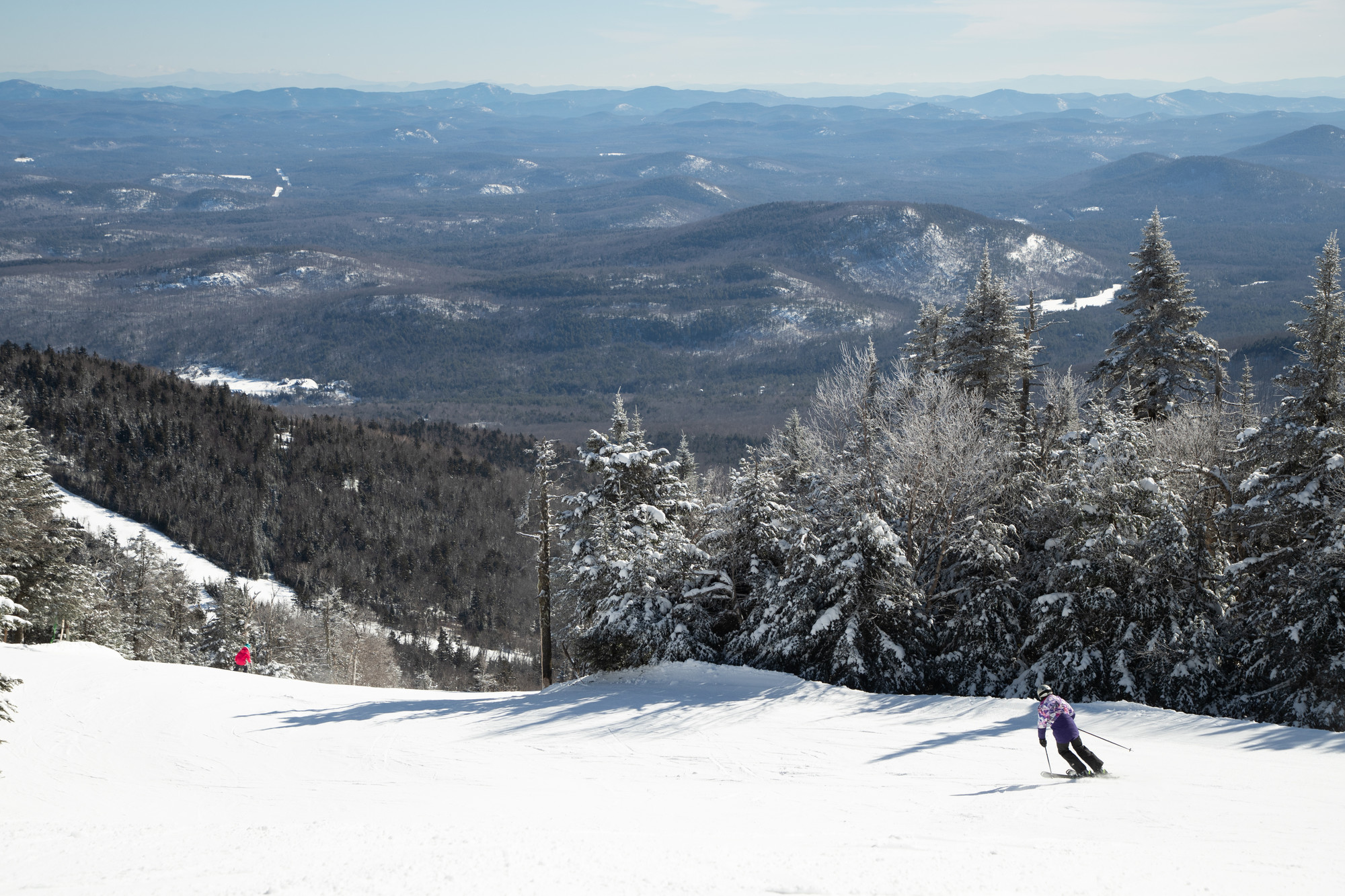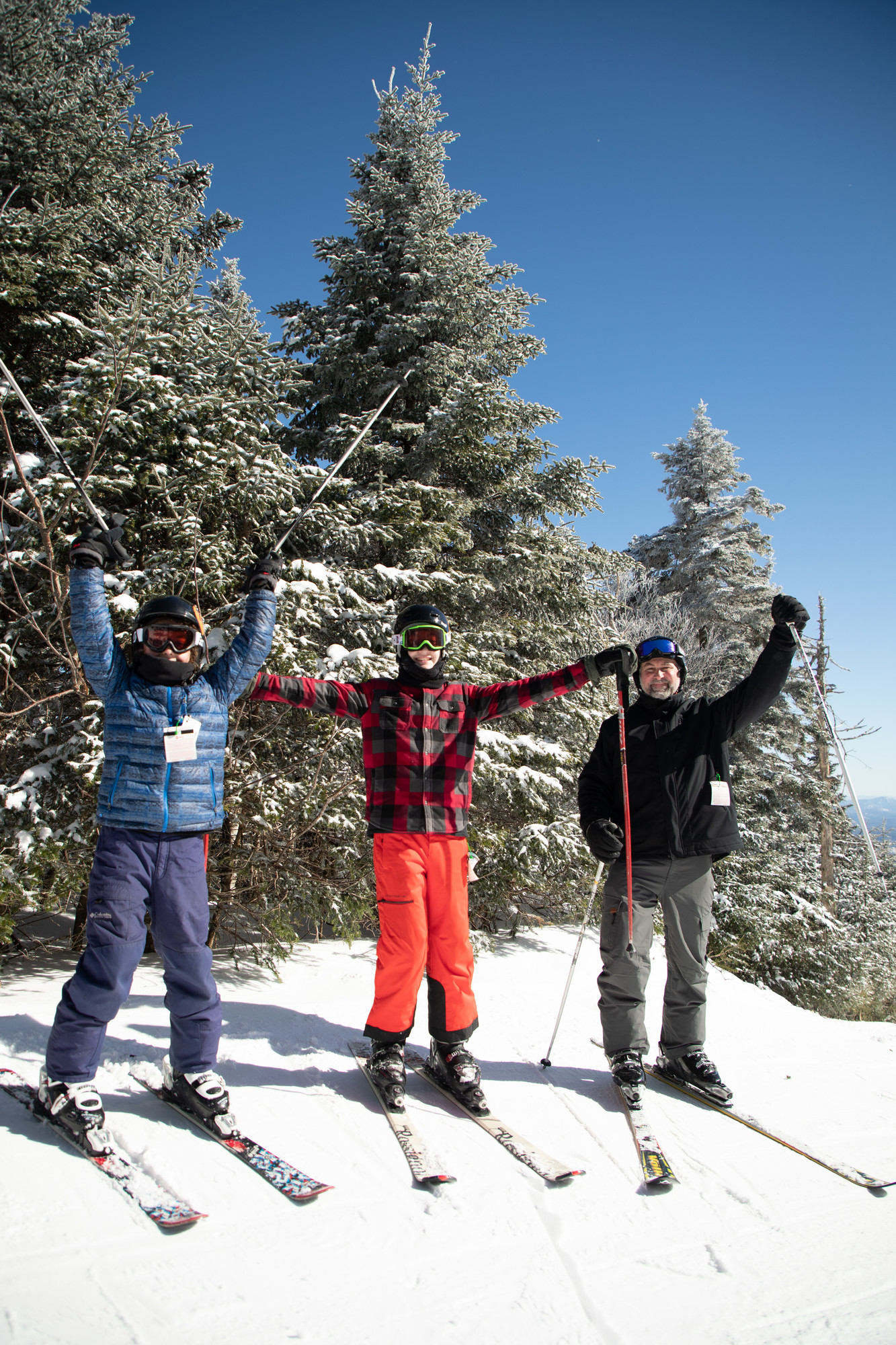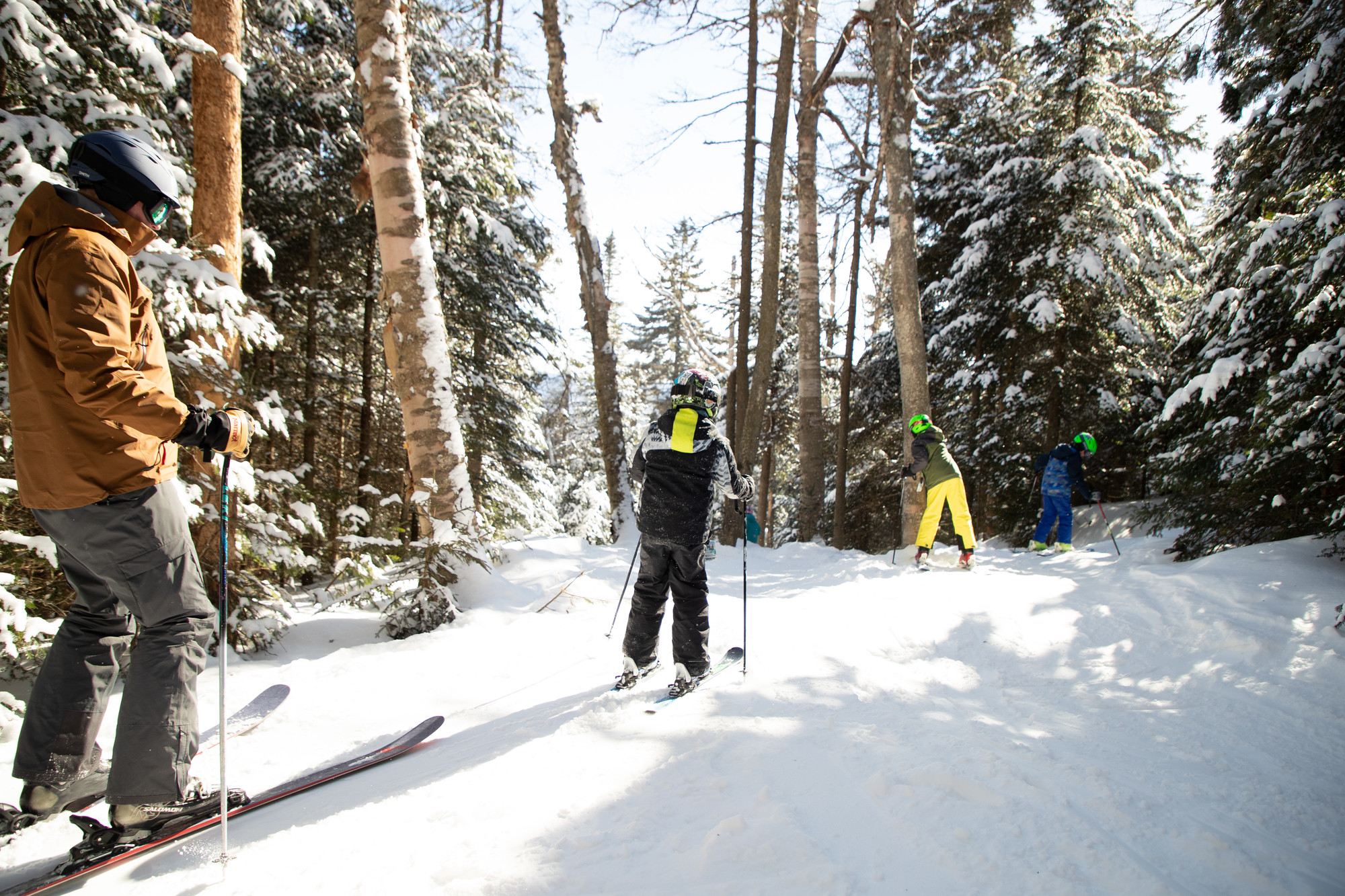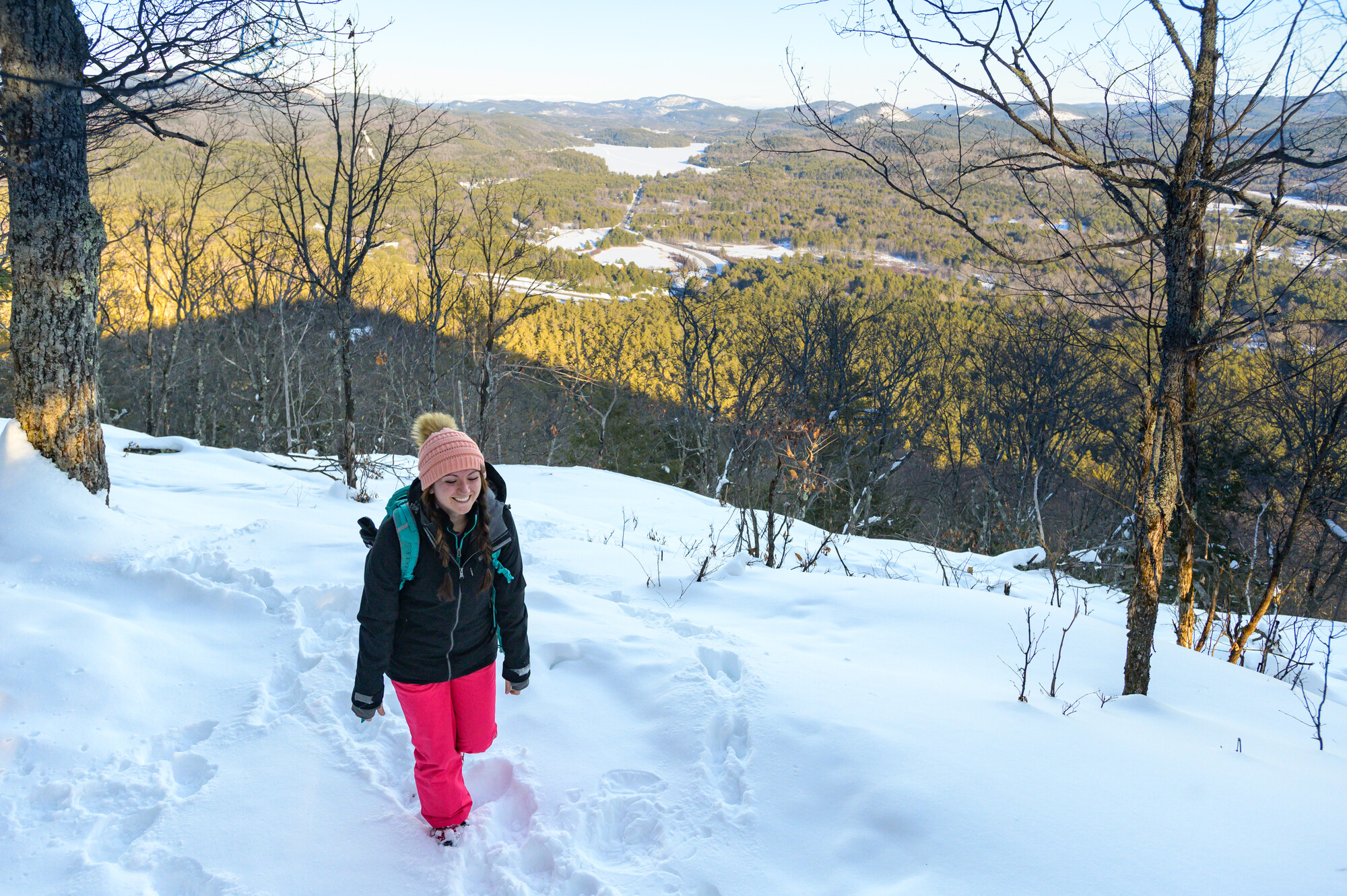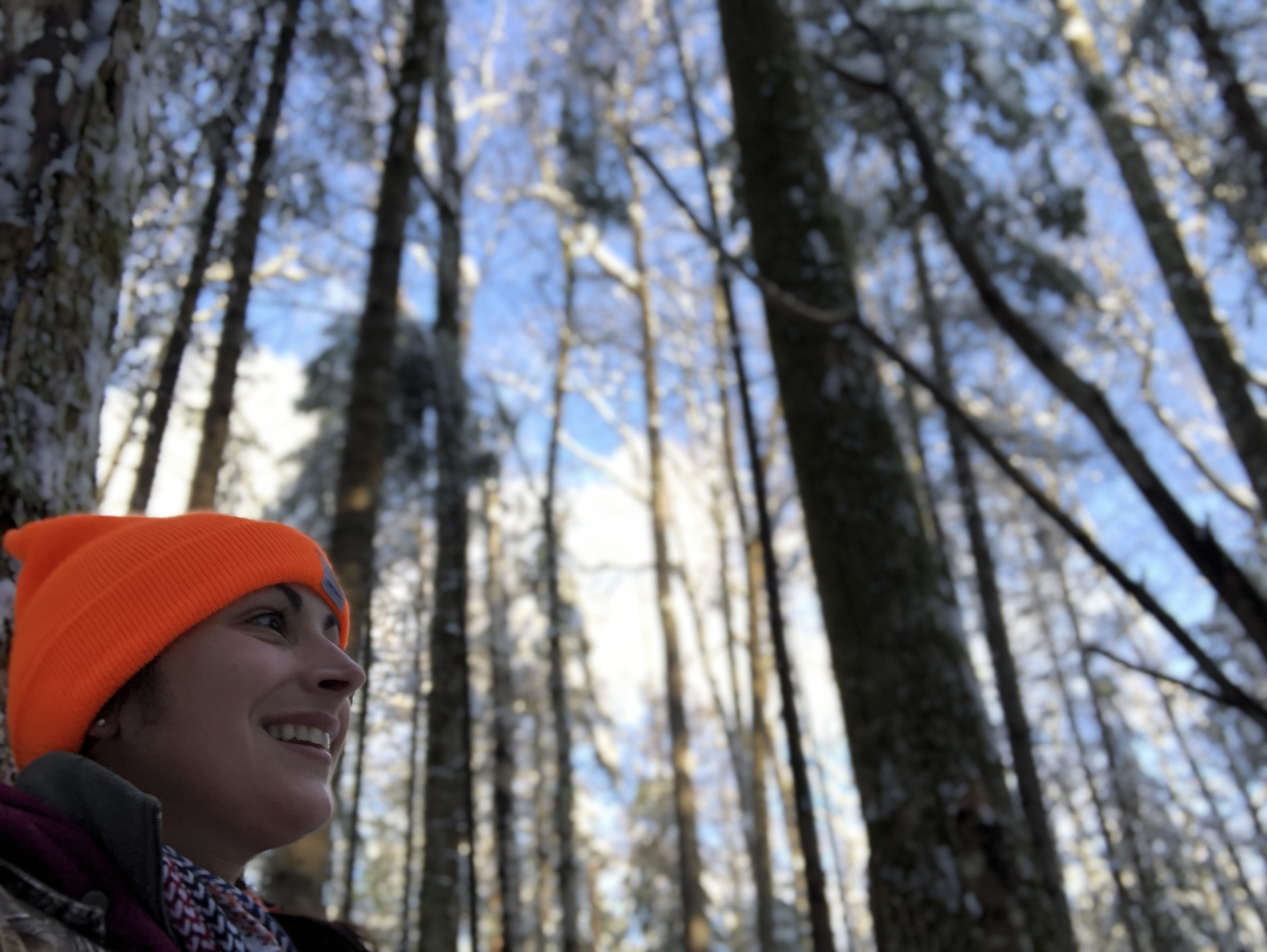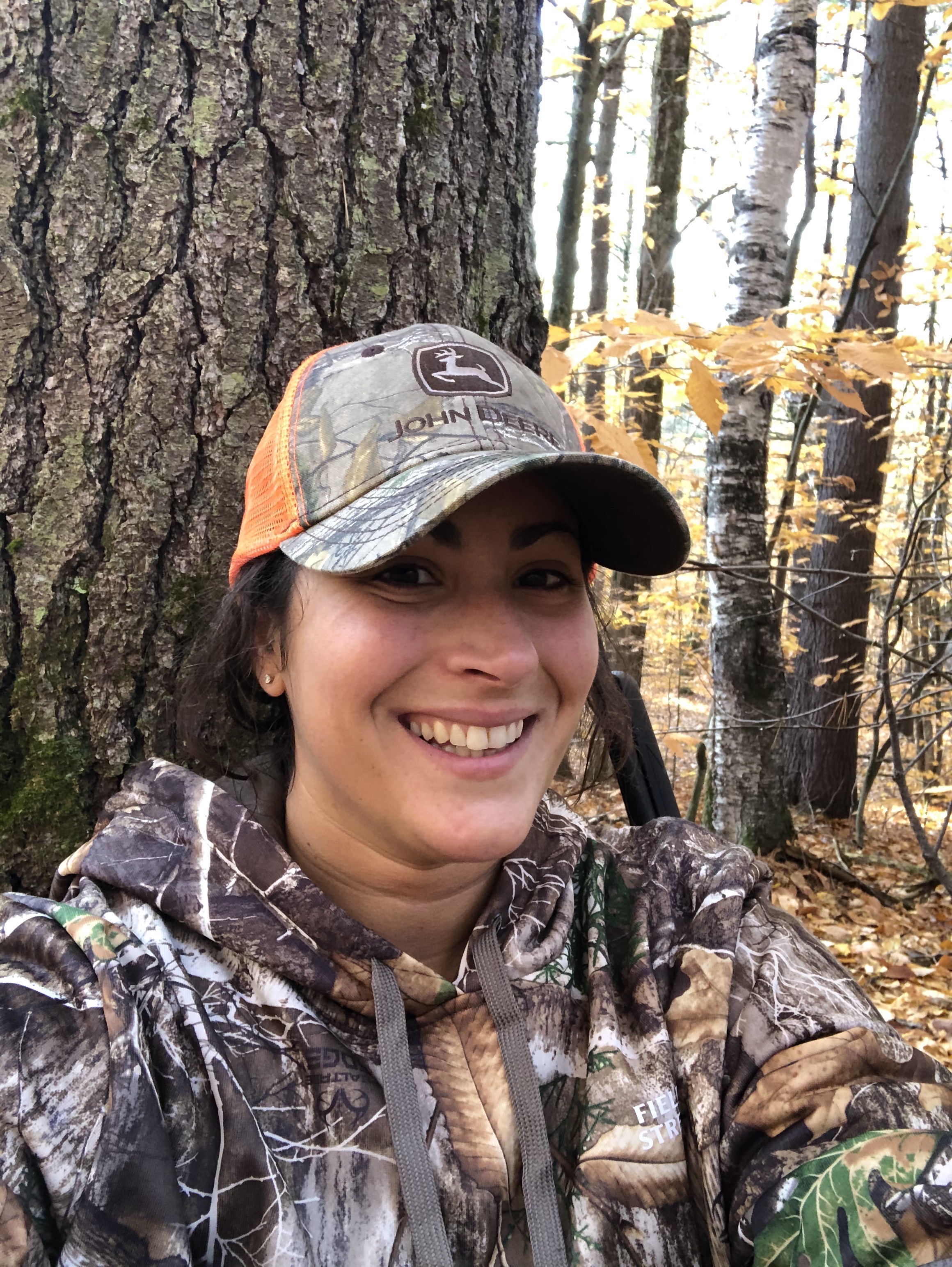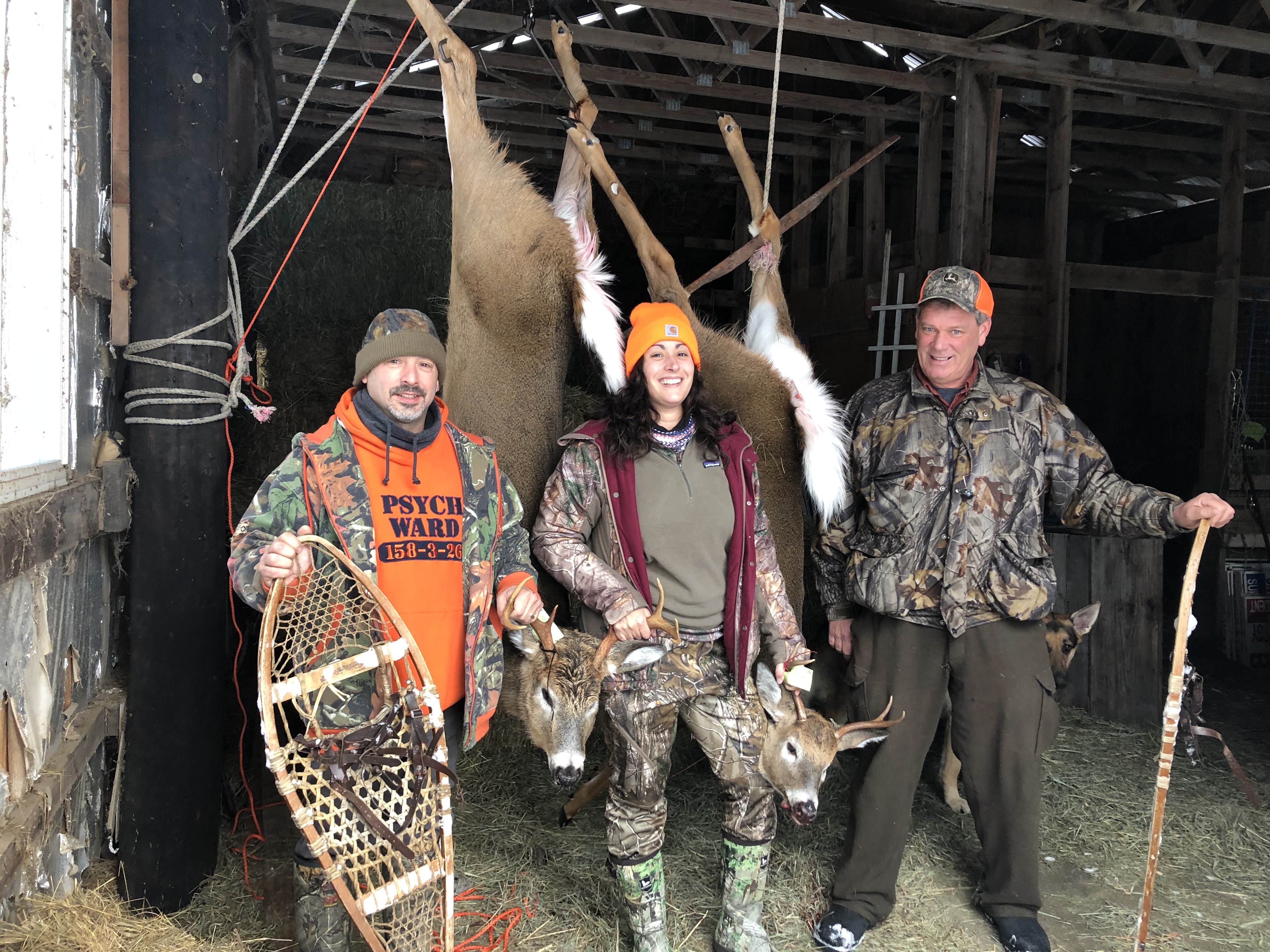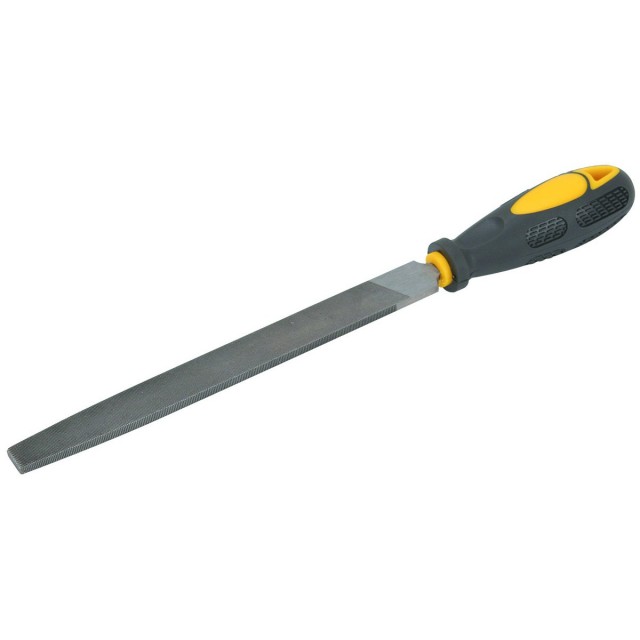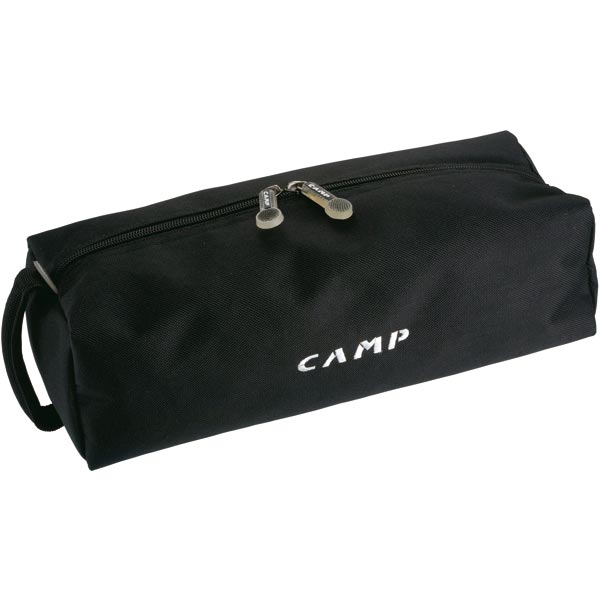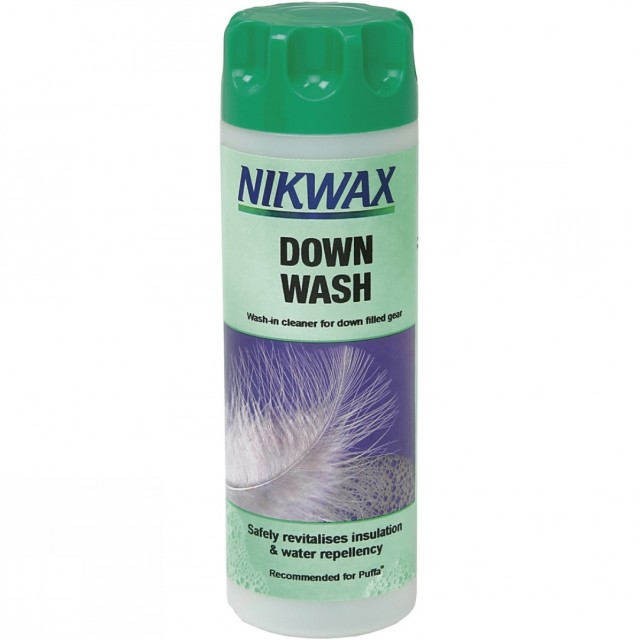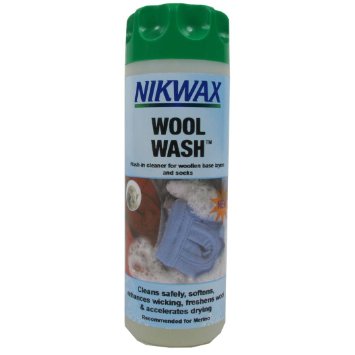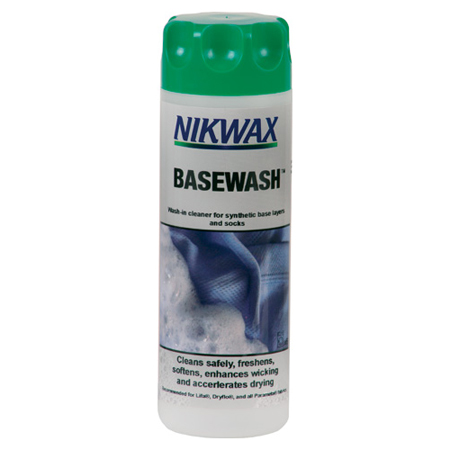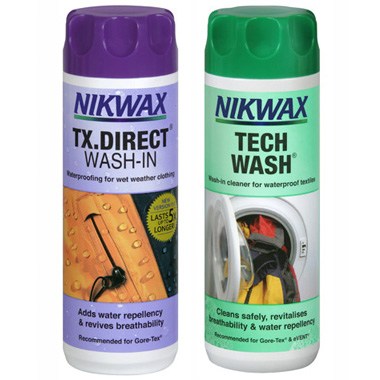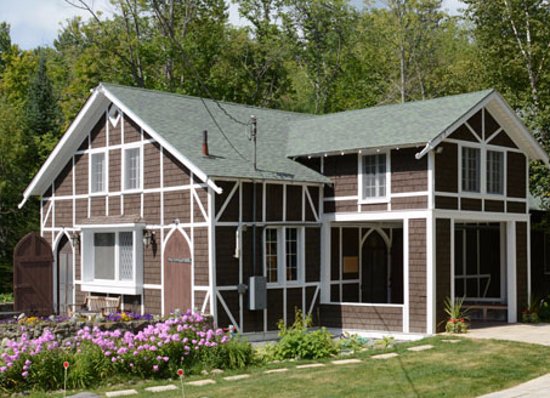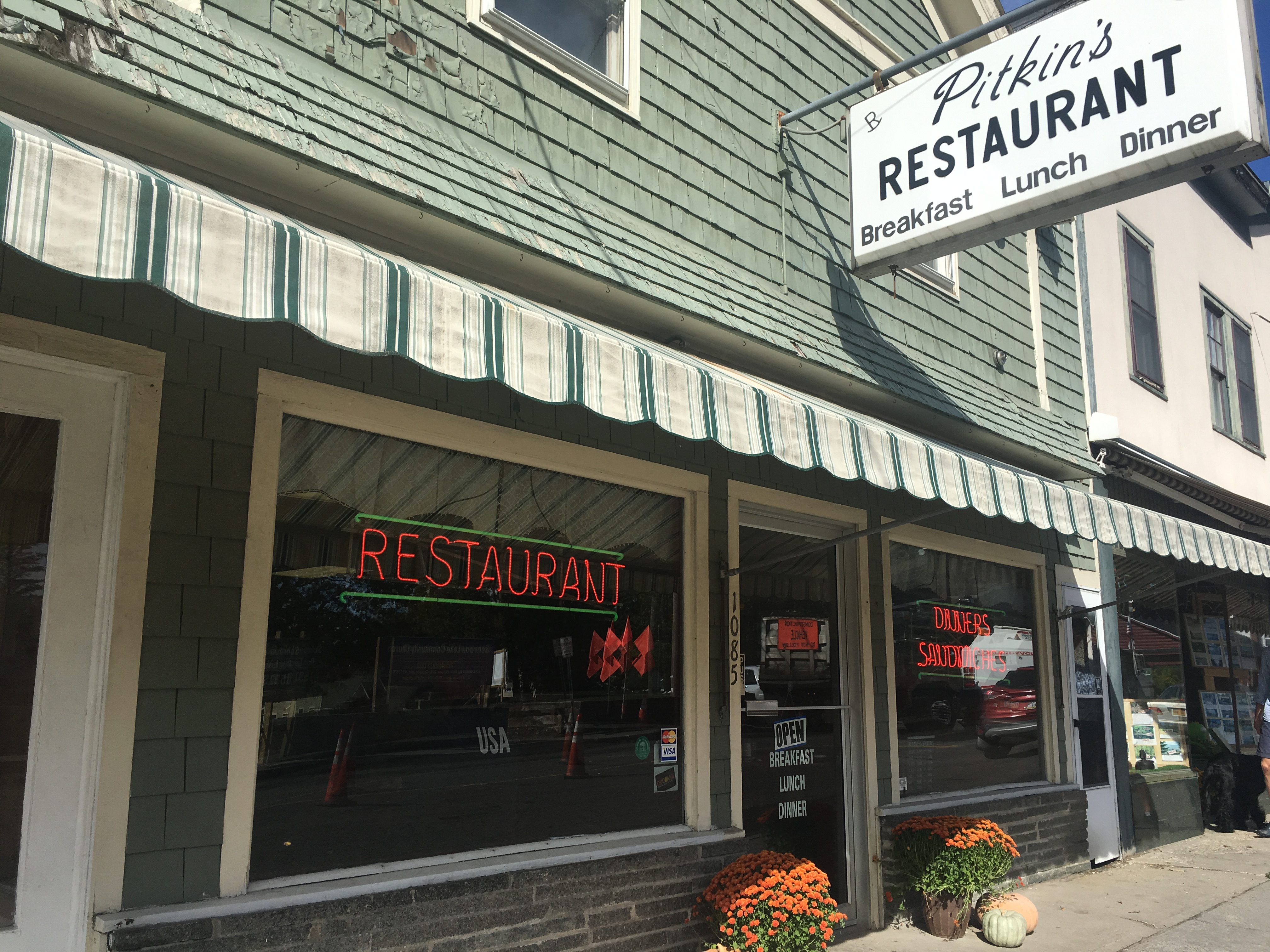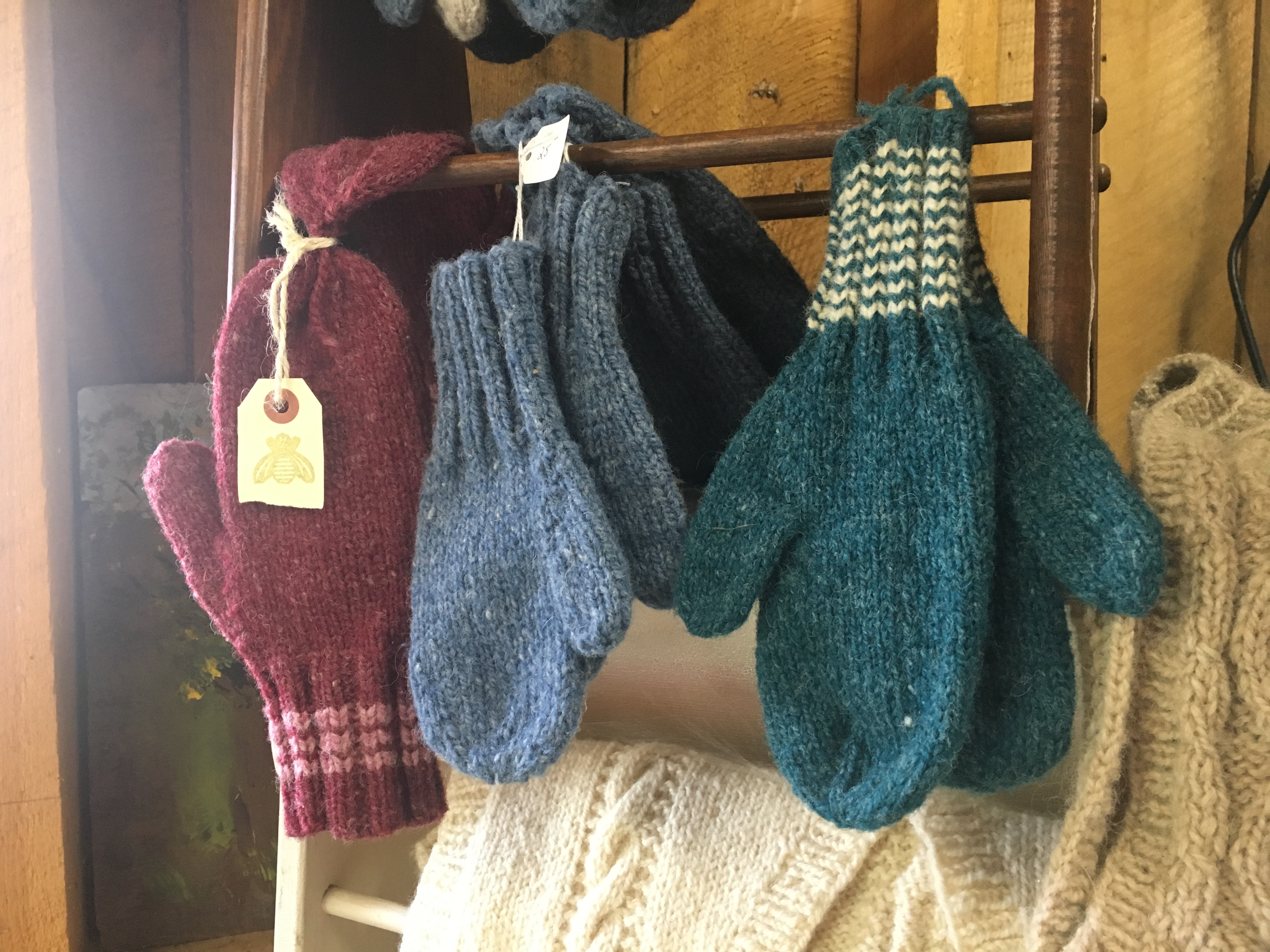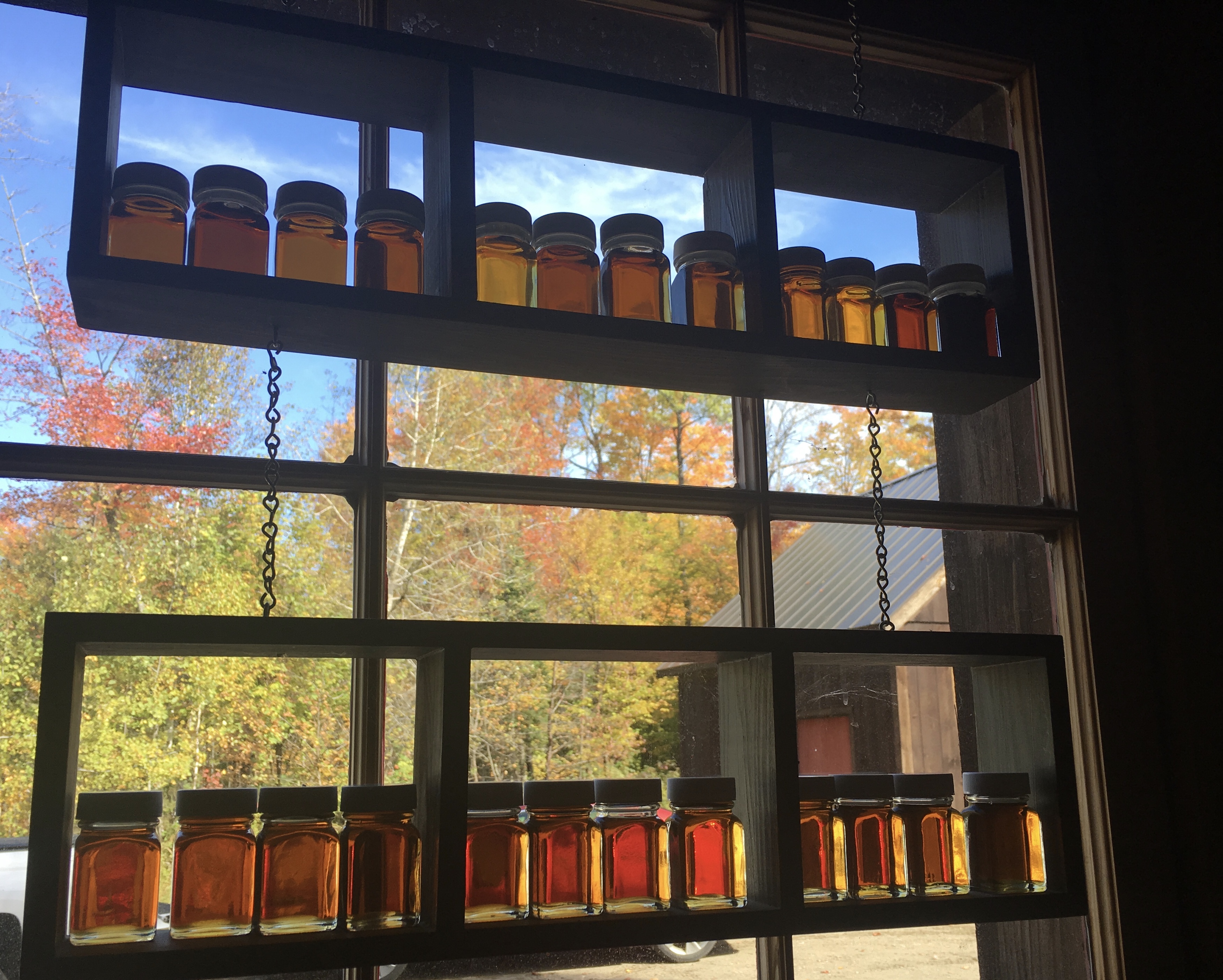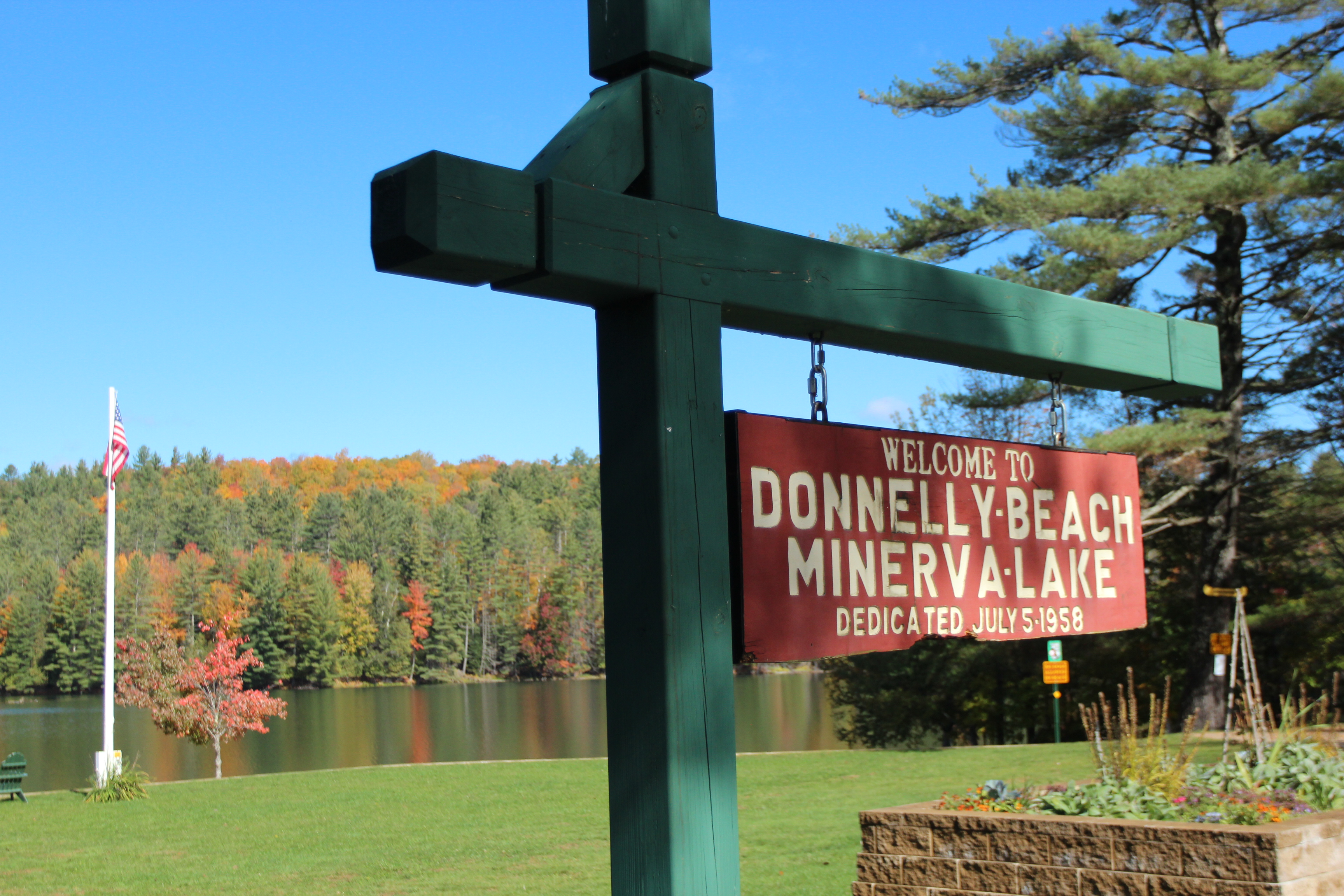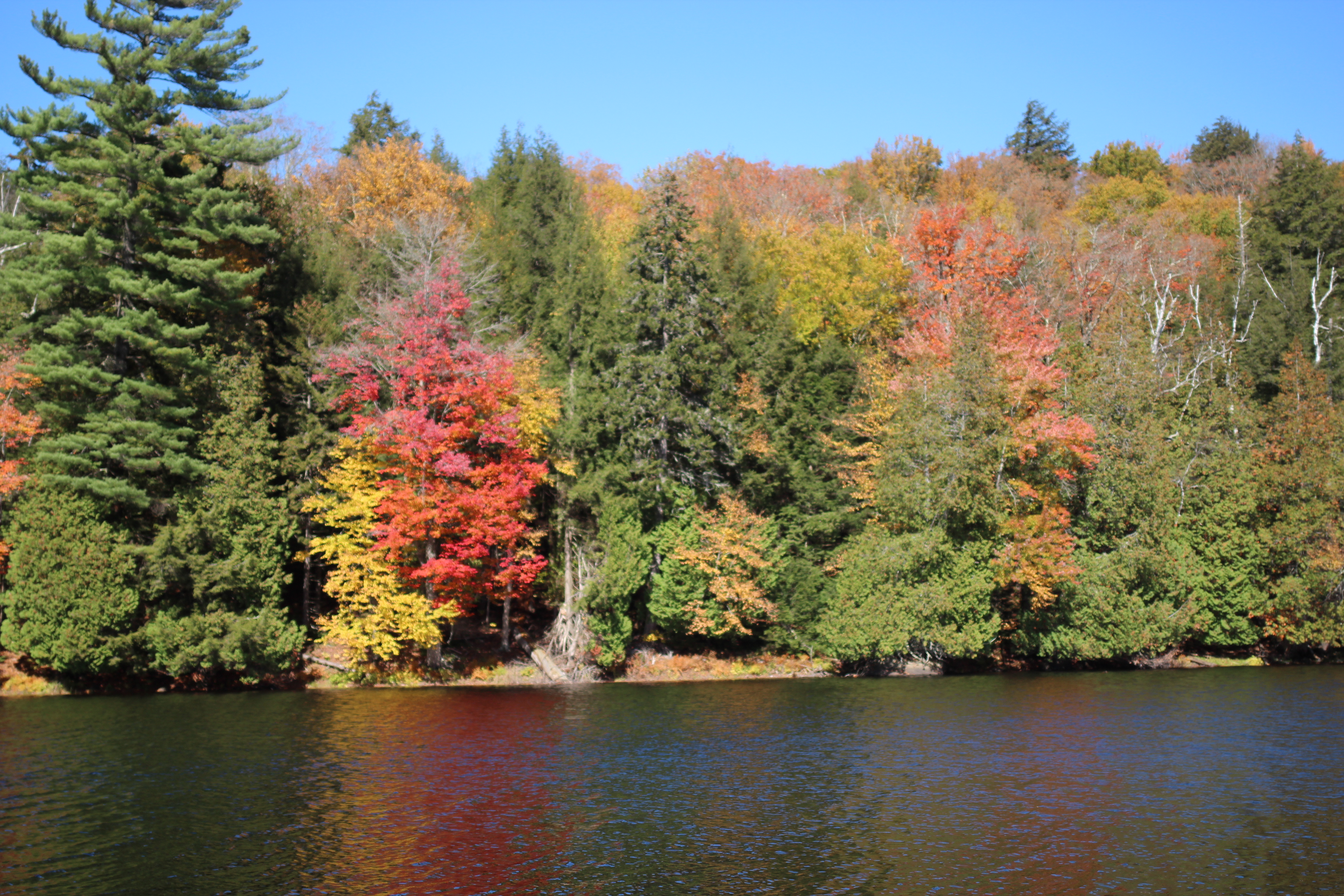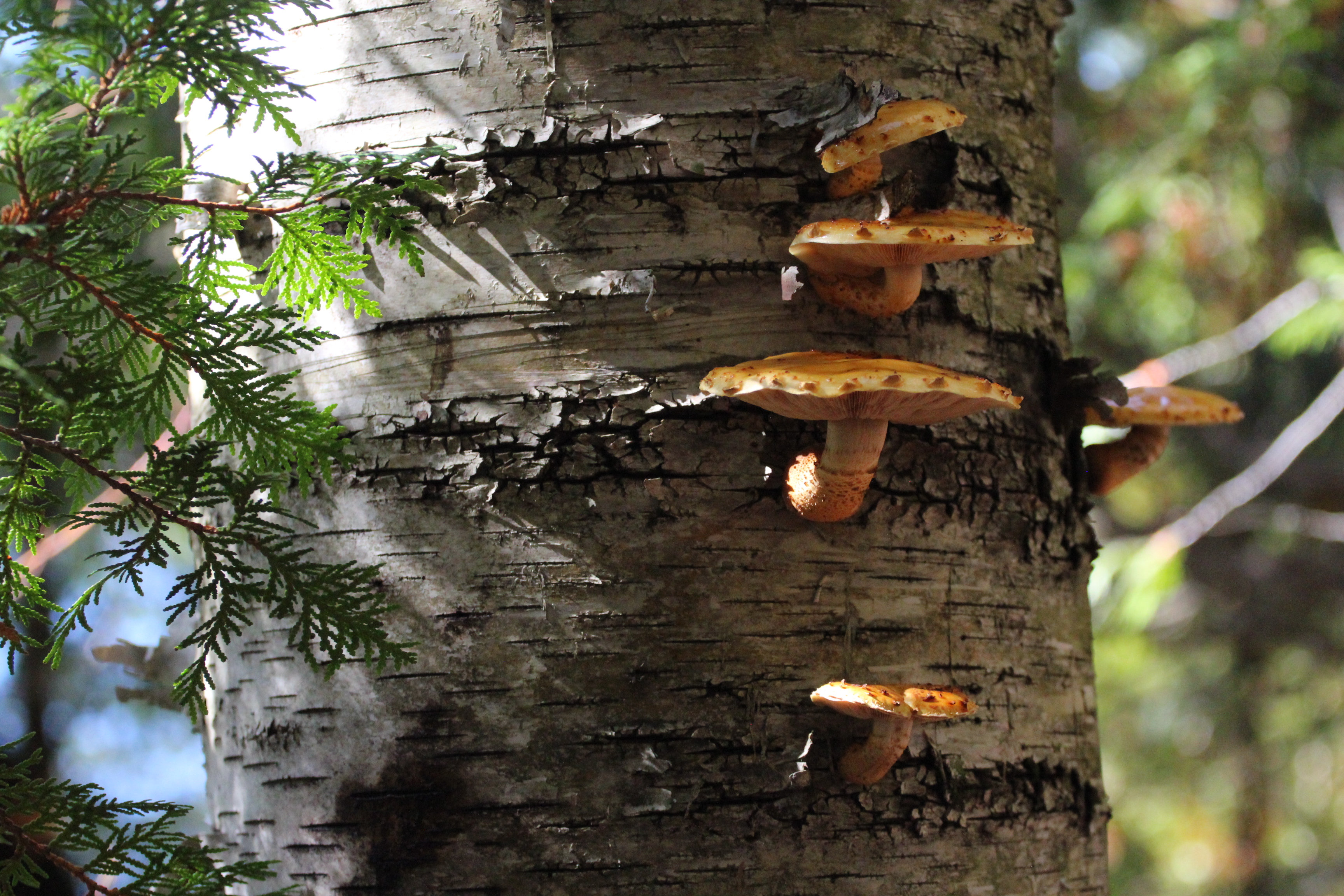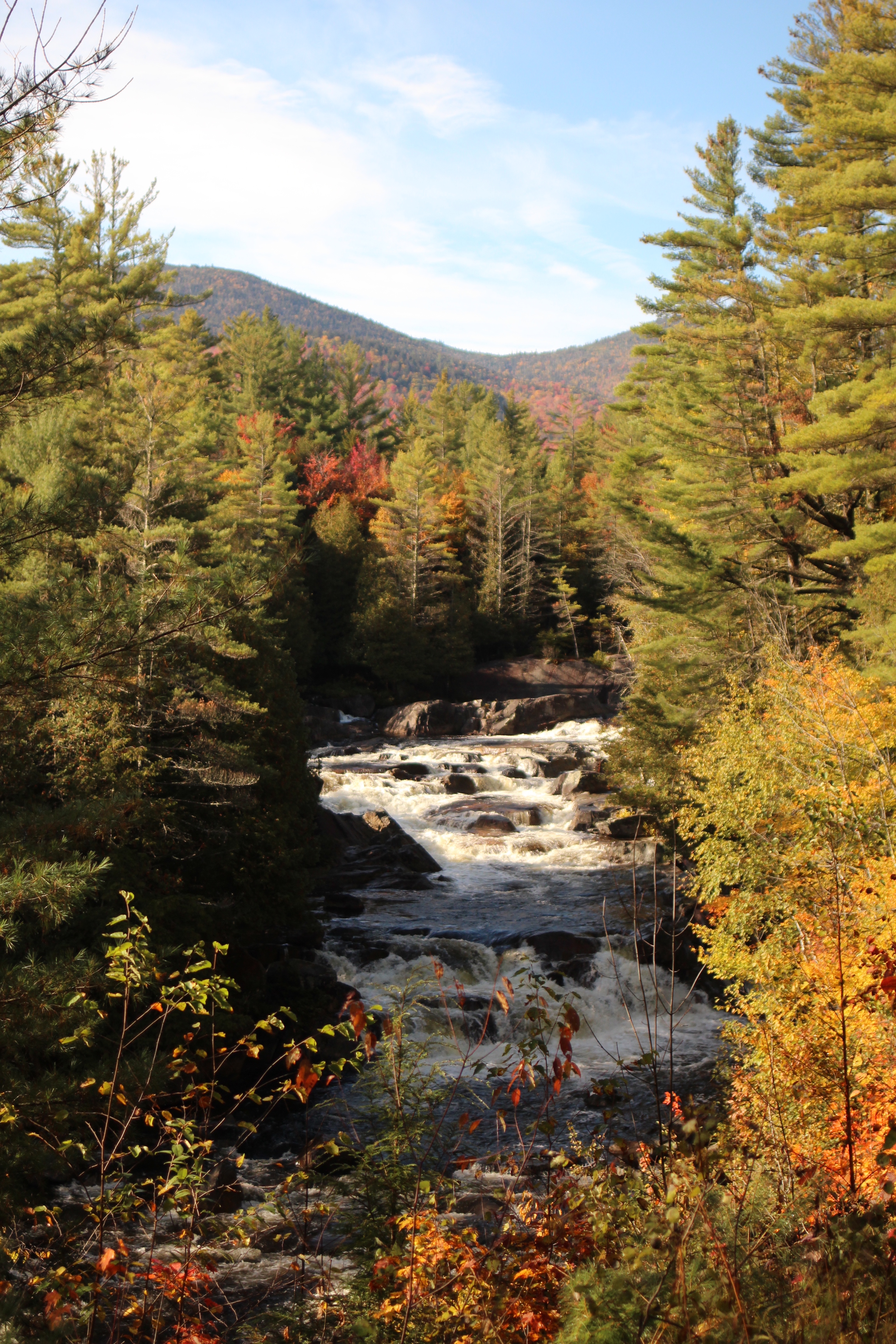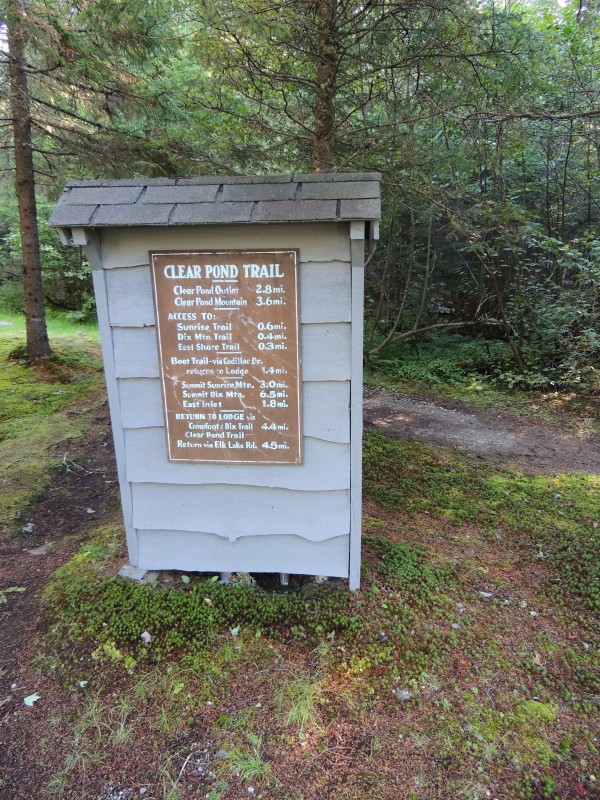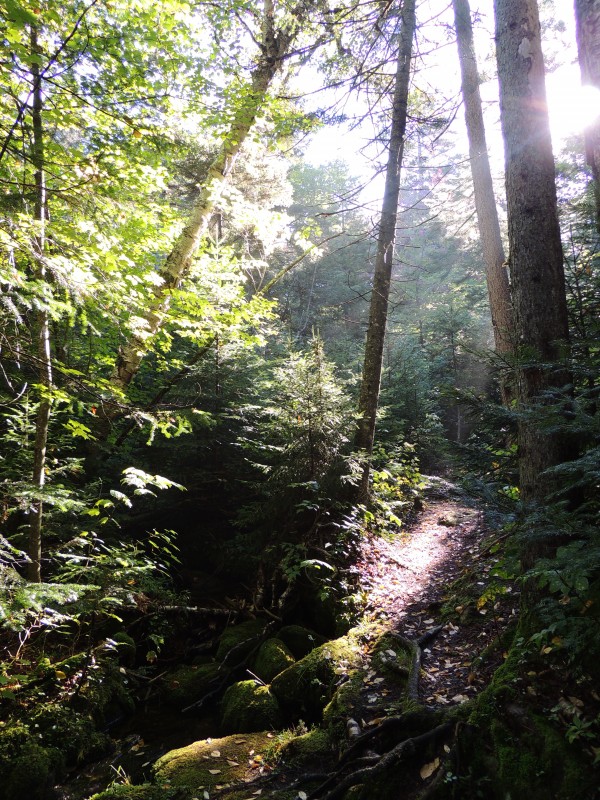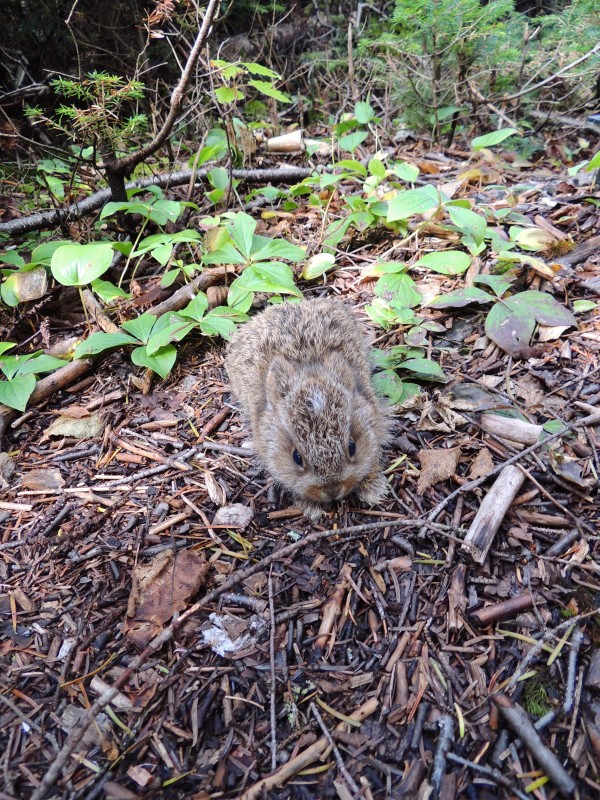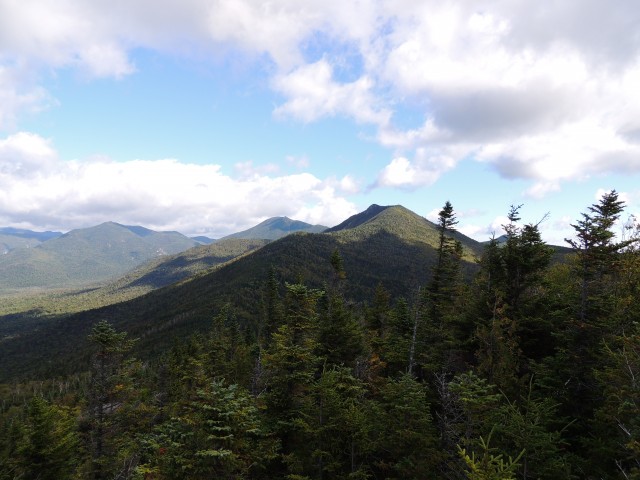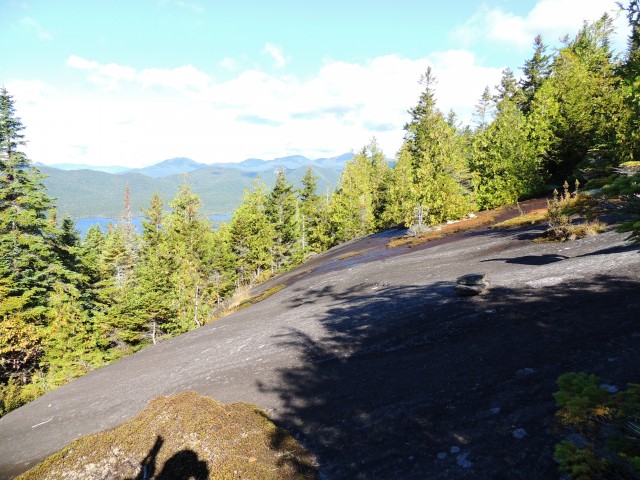Wild places, wild fishing!
We know how to blend nature and civilization. But when it comes to fishing, the more civilization can take a back seat, the better our anglers like it.
In spring, our clear cold waters show off their powers, especially those classic early-season angling delights, trout and salmon. They make for both great eating and great fishing!
Let's talk trout
Schroon Lake, and the stretch of the Schroon River which is upstream from it all the way to Alder Meadow Rd, is described by an angler expert I interviewed as a "rich" source of "good-looking" lake trout. (Sounds like a date.)
Another advantage of this lovely lake is the abundant access, from hand launches to a full marina. My source said that a boat on Schroon Lake is a "real fine" way to have a good day of fishing.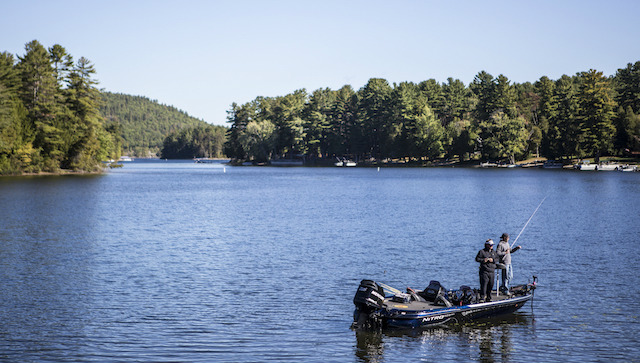
You won't have the lake to yourselves, but there is plenty of lake. There's over four thousand acres, with nine miles of length and almost twenty-four miles of shoreline. Plenty of access, too: there's the Schroon Lake Marina, with rowboats, motorboats, pontoon boats, and all kinds of canoes and kayaks available, and a DEC hard surface ramp off Dock Street in the village of Schroon Lake.
Other DEC access is the hard surface ramps available at the Eagle Point Campground off Route 9, and the Horicon site off Route 9, just north of Pottersville, on County Route 62. This one is also designed for persons with disabilities.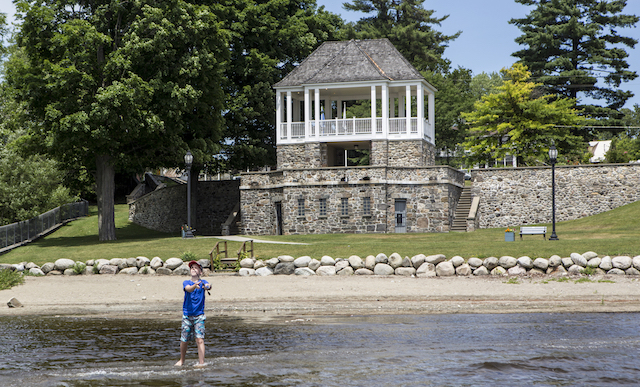
Fish from the shore at one of Schroon Lake's many recreational areas.
The season is open for the lake's many species: lake trout, landlocked salmon, largemouth bass, smallmouth bass, rainbow smelt, northern pike, chain pickerel, northern pike, black crappie, brown bullhead, rock bass, pumpkinseed, and yellow perch. But it gets even better in spring, since Schroon Lake is stocked annually with lake trout and landlocked salmon.
These spring fishing favorites are allowed all year, with the following daily limits: trout, 5 of any size; lake trout at least 18" long and 2 a day, with landlocked salmon at least 15" long, and up three a day.
Wait, there's more
I was also told that Paradox Lake is a “fantastic fishery.” The lake itself is stocked with rainbows, salmon, and lake trout.

This is a long lake nestled in a hardwood forest. It is certainly a fantastic place all around. This DEC campground & beach offers a hard surface ramp and parking, for a small day use fee.
Some anglers like to head for smaller places that are harder to get to, so they can have the place to themselves. My expert said that up and down the Adirondack Road on the eastern shore of the lake is Spectacle Pond, with all but the marshy northern end of the pond with good shore fishing for brown trout and bullhead. There are paths to most areas, as there is no launch. However, smaller craft can be hand-launched.
Also in the area is Gull Pond. A half-mile hike to the pond yields crystal waters that brook trout love. And, it's stocked by the DEC.
My expert also suggested "excellent" Goose Pond nearby, for its splake.
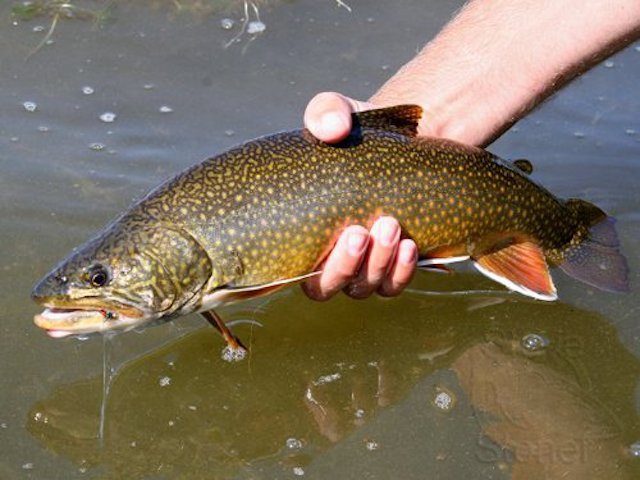
Goose Pond is stocked with splake, which is a cross between brook & lake trout. These hybrids can look like either of their parents, though tend towards brookie, and are raised in the Chateauguay Fish Hatchery. They will get larger than normal brook trout, so be aware when they are in the area. "People think they have a record breaking brookie, when it's really a fine splake. Sorry, folks. Still fun!"
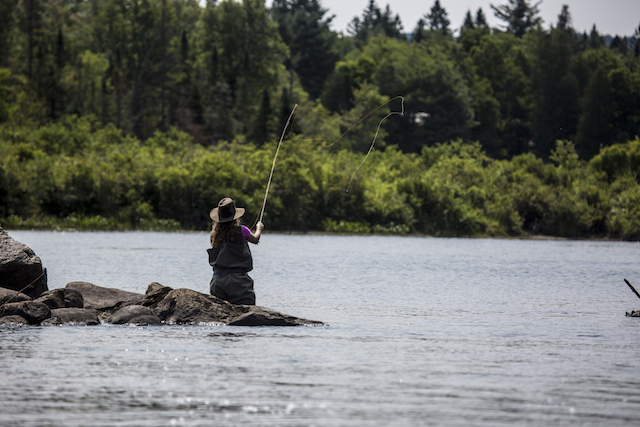
There's also Crane Pond, "good waters for trout fishing." It shares a trailhead with Pharaoh Mountain.
For those who want to go big and backcountry, Pharaoh Lake is a "fine choice" for lake trout. It makes for a wonderful mix of hike (it's four miles to the lake) and fishing. It's stocked, it's remote, and it's all yours. The daily limit is three lake trout of at least 15 inches. Remember, NO baitfish.
Access is via Pharaoh Mountain Trail. Inside tip: it's well worth portaging a light canoe or inflatable boat so you can go after the trout in the deeper water.
Heading further east is Eagle Lake. This is along Route 74, with a small boat ramp, and is also a popular paddling spot. It is stocked with brown trout; "very large ones!" my expert said. Also a good lake for black bass.
Littlest anglers
I asked my expert about kid places. Where's a good place for a young angler to start out?
They were highly enthused about the beautiful DEC campgrounds in the area. Even if the family isn't planning on camping.
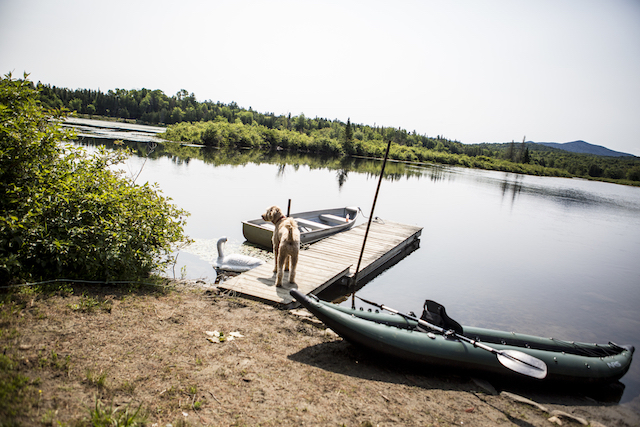
All New York State campgrounds offer a Day Pass, which is an economical way for a family to enjoy the hiking, fishing, picnicking, beaches, and paddling these gorgeous sites have to offer. For fishing in particular, they mentioned Eagle Point, Scaroon Manor, Paradox Lake, and Putnam Pond as excellent choices for shoreline or boat fishing.
WIth the Day Pass system, a family can show up and have access to all the amenities, including the bathrooms and recreational equipment, and have a fun day out with the kids (and the dog) with a minimum of stress and fuss.
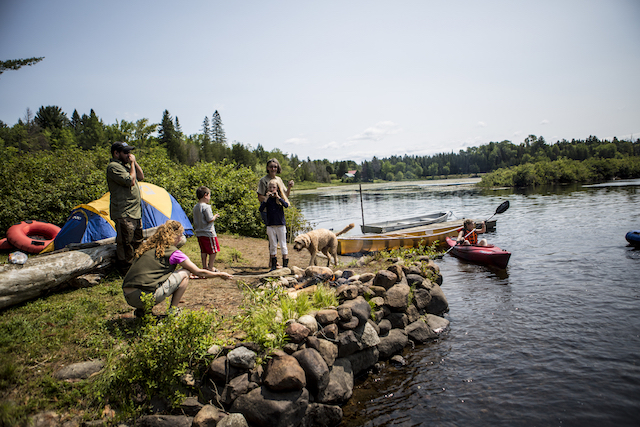
Schroon Lake itself has a lot of shore access for the child who just wants the fun of fishing, and might be too young for anything more than an hour or two of effort. Especially for such beginners, they can use the simplest of rigs (rod with a bobber) and cheapest of bait (put the worm on the hook for them) and fish the weedy shore areas for yellow perch and sunfish.
As twilight approaches, brown bullheads appear, hungry and eager to thrill any child. My expert agreed the key to kid angling is to be "catching fish within ten minutes. They don't have the patience yet. When they get into school age, especially the upper grades, they can be more task focused."
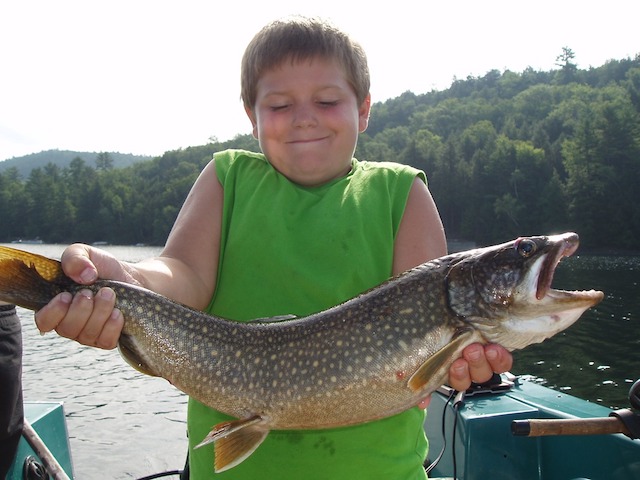
Another "fine option" is Horseshoe Pond, off Horseshoe Pond Road, which is southwest of the village of Schroon Lake. "There's nice panfish which are easy to catch for the little kids, a parking area, and the walk is only two to three hundred yards to the pond. Beautiful spot for some quiet shore fishing."
Shore fishing is a good choice whenever you don't have enough time to make launching a boat worthwhile, and smaller children just don't have the stamina and patience to be in a boat for a whole morning or afternoon.
If you have a young angler and aren't sure if this enthusiasm will last, it's especially enjoyable to explore the various programs offered by the I FISH NY Education Program. There are Free Fishing Clinics and Festivals where participants can fish for free; no fishing license required. The Fishing Rod Loaner Program provides fishing rods to libraries or public parks for lending out to patrons. This can be a way to let your child try it out and see how much they enjoy it.
We want everyone to enjoy the beautiful Adirondacks, in their own ways.
Camping or not, you'll want to browse our lodging. Feed that appetite with our dining. Explore all our great fishing.
